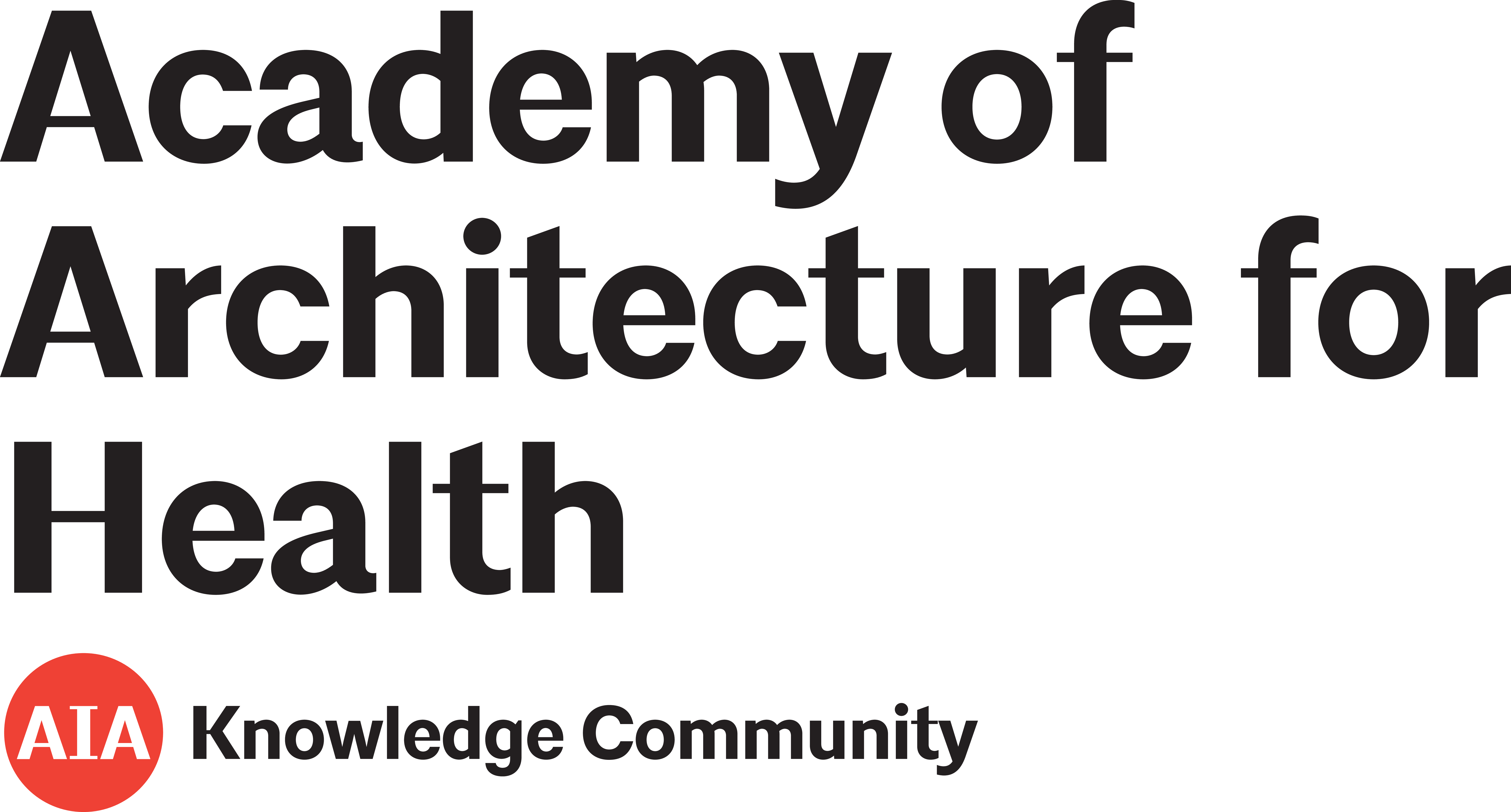Lighting assessment of ergonomic workstation for radio diagnostic reporting
2017
International Journal of Industrial Ergonomics
Journal Article
Issue Supplement C
Volume 57
Pages 42-54
Author(s): Leccese, F., Salvadori, G., Montagnani, C., Ciconi, A., Rocca, M.
Diagnostic imaging involves traditional radiology, computerized tomography (CT), and magnetic resonance imaging (MRI). Each of these procedures involves assessment, planning, execution, reporting, and verifying results. Present-day technology involves the processing of images by computer software. Reporting involves viewing these images on diagnostic monitors. While the authors contend that there...
Added December 2017
Emergency Nurses’ Perceptions of Efficiency and Design: Examining ED Structure, Process, and Outcomes
2017
Journal of Emergency Nursing
Journal Article
Issue 3
Volume 44
Pages 274–279
Author(s): Fay, L., Carll-White, A., Real, K.
Emergency departments (EDs) must work to improve efficiency in order to maintain standards of safe and effective care. Physical structures can significantly impact efficiency, and processes defined as the activities of emergency care can also play a role in efficiency. Outcomes are the perceptions of efficiency along with satisfaction to work or be treated in the designed environment. Rarely has the physical environment been studied in an emergency department especially when examining the relationships of structure, process, and outcome. Using a hierarchical linear regression the authors determined that all structures and processes examined were associated with efficiency and design.
Added November 2017
Airflow patterns due to door motion and pressurization in hospital isolation rooms
2016
Science and Technology for the Built Environment
Journal Article
Issue 4
Volume 22
Pages 379-384
Author(s): Mousavi, E. S., Grosskopf, K. R.
Added November 2017
Update of the scientific evidence for specifying lower limit relative humidity levels for comfort, health, and indoor environmental quality in occupied spaces (RP-1630)
2017
Science and Technology for the Built Environment
Journal Article
Issue 1
Volume 23
Pages 30-45
Author(s): Derby, M. M., Hamehkasi, M., Eckels, S., Hwang, G. M., Jones, B., Maghirang, R., Shulan, D.
Added September 2017
Factors Shaping the Human Exposome in the Built Environment: Opportunities for Engineering Control
2017
Environmental Science & Technology
Journal Article
Issue 14
Volume 51
Pages 7759-7774
Author(s): Dai, D., Prussin, A. J., Marr, L. C., Vikesland, P. J., Edwards, M. A., Pruden, A.
Added September 2017
A Systematic Review of Mixed Methods Research on Human Factors and Ergonomics in Health Care
2015
Applied ergonomics
Journal Article
Author(s): Carayon, P., Kianfar, S., Li, Y., Xie, A., Alyousef, B., Wooldridge, A.
This paper presents a systematic review of studies dealing with human factors and ergonomics (HFE) issues in both healthcare technology and in the work of healthcare employees. The researchers employ a mixed methods approach, meaning their review incorporates studies that use both quantitative and/or qualitative data during different stages of the research process.
Added June 2017
Bed-integrated local exhaust ventilation system combined with local air cleaning for improved IAQ in hospital patient rooms
2016
Building and Environment
Journal Article
Author(s): Bivolarova, M. P., Melikov, A. K., Mizutani, C., Kajiwara, K., Bolashikov, Z. D.
Ventilation in patient rooms can contribute to the health and comfort of both patients and staff. Indoor air quality (IAQ) is indeed an important factor in healthcare environments, especially when it comes to mitigating the spread of germs and potentially toxic airborne chemicals. Ventilated mattresses (VMs) can be effective for capturing and removing potentially harmful airborne particles before they spread throughout a given space.
Added June 2017
Evaluation of a sound environment intervention in an ICU: A feasibility study
2018
Australian Critical Care
Journal Article
Issue 2
Volume 31
Pages 59–70
Author(s): Johansson, L., Lindahl, B., Knutsson, ., Ögren, M., Persson Waye, K., Ringdal, M.
Long-term studies measuring acoustics in ICU environments is lacking. This information is important to understand the effects of sound on seriously ill patients and those suffering from ICU delirium.
Added June 2017
Building the nation of the future, one waiting room at a time: hospital murals in the making of modern Mexico
2015
History and Technology
Journal Article
Issue 3
Volume 31
Pages 275-294
Author(s): Laveaga, G. S.
Added June 2017
A design for a more efficient, upper room germicidal ultraviolet air disinfection luminaire
2017
Lighting Research & Technology
Journal Article
Issue 6
Volume 49
Pages 788–799
Author(s): Milonova, S., Brandston, H. M., Rudnick, S., Ngai, P., Simonson, K., Rahman, S. F., Nardell, E.
Added June 2017
Environmental audits and process flow mapping to assess management of solid waste and wastewater from a healthcare facility: an Italian case study
2017
Environmental Monitoring and Assessment
Journal Article
Issue 5
Volume 189
Pages 239
Author(s): Vaccari, M., Montasser, W., Tudor, T., Leone, L.
Despite the growing number of policies and legislative drivers aiming for more sustainable resource management approaches and general environmental improvements, there is still a need for more research focusing on the improvement of waste and wastewater management.
Added June 2017
Noise Reduction in the Neonatal Intensive Care Unit: A Quality Improvement Initiative
2017
American Journal of Medical Quality
Journal Article
Issue 2
Volume 33
Pages 177-184
Author(s): Ahamed, M. F., Campbell, D., Horan, S., Rosen, O.
Elevated noise levels are regularly associated with adverse health effects among patients within healthcare environments. Infants are particularly vulnerable to elevated noise levels due to the immaturity of their auditory pathways, implying that neonatal intensive care units (NICUs) have an even greater responsibility for reducing noise levels.
Added June 2017
Nursing staff’s experiences of working in an evidence-based designed ICU patient room—An interview study
2017
Intensive and Critical Care Nursing
Journal Article
Author(s): Sundberg, F., Olausson, S., Fridh, I., Lindahl, B.
Intensive care unit nurses use technology and systems that may not have existed when their nursing units were constructed. Nurses often must work around machines and in narrow spaces to deliver complex care to critically ill patients.
Added June 2017
Shifting Landscapes: The Impact of Centralized and Decentralized Nursing Station Models on the Efficiency of Care
2017
HERD: Health Environments Research & Design Journal
Journal Article
Issue 5
Volume 10
Pages 80-84
Author(s): Fay, L., Carll-White, A., Schadler, A., Isaacs, K., Real, K.
As healthcare facilities continue to implement evidence-based designs and increase in overall size, there is a lack of research examining how these changes affect the efficiency of patient care processes. Along with the physical growth of modern healthcare environments, advances in medical technology have increased the amount of multitasking required of nurses and other healthcare workers.
Added May 2017
Designing Team Rooms for Collaboration In The Outpatient Clinics
Author(s): DuBose, J., Lim, L., Westlake, R.
Healthcare systems in the U.S. are gradually shifting from “episodic” care delivered in silos to more team-oriented and coordinated approaches. Ambulatory care environments in particular are adopting the Patient Centered Medical Home (PCMH) model, which is an integrated, team-based model designed to optimize treatment and management of patients.
Added April 2017
Physical design factors contributing to patient falls
2021
Journal of Patient Safety
Journal Article
Issue 3
Volume 17
Pages e135-e142
Author(s): Pati, D., Valipoor, S., Cloutier, A., Yang, J., Freier, P., Harvey, T. E., Lee, J.
Previous studies show that patient falls in hospitals are not only a leading cause of disability, injury, and mortality, but that they also affect the family members of patients, the caregivers, and the overall healthcare system.
Added February 2017
Balancing the Human Touch with the Need for Integrating Technology in Ambulatory Surgical Environments: Barriers and Facilitators to Nursing Work and Care Team Interactions
2017
Journal of Interior Design
Journal Article
Issue 1
Volume 42
Pages 39-65
Author(s): Joseph, A., Wingler, D., Zamani, Z.
There is a lack of information to support the design of the rapidly growing number of ambulatory surgical centers (ASCs). These centers have become more popular as trends in reimbursement, technology, and services have evolved. Research is needed to inform how the built environment of ambulatory surgical environments impacts the critical interactions between people, supplies, and equipment.
Added February 2017
Relationship of Hospital Architecture to Nursing Staff Caring for Self, Caring for Patients, and Job Satisfaction
2016
Interdisciplinary Journal of Partnership Studies
Journal Article
Author(s): Hozak, Mary Ann, Nelson, John, Gregory, Debbie
Key concepts include caring factors and caring for self.
Added December 2016
The Research-Design Interaction: Lessons Learned From an Evidence-Based Design Studio
2010
HERD: Health Environments Research & Design Journal
Journal Article
Issue 4
Volume 3
Pages 75–92
Author(s): Haq, S., Pati, D.
With the emergence of the Evidence-Based Design (EBD) approach being integrated into design practice models throughout design firms, much attention has been given to the research portion of the process. However, little is understood about the interaction between the designer, the primary change agent, and the evidence they are using to bring about the change.
Added December 2016
Analysis of circadian stimulus allowed by daylighting in hospital rooms
2017
Lighting Research and Technology
Journal Article
Issue 1
Volume 49
Pages 49-61
Author(s): Acosta, I, Leslie, R. P., Figueiro, M. G.
Light is the major synchronizer of circadian rhythms to the 24-hour solar day. Compared to the visual system, the circadian system requires more light to be activated and is more sensitive to short-wavelength light. For those confined indoors, such as patients or residents in care facilities, the lack of access to daylight, or electric lighting providing a comparable amount, spectrum, distribution, duration, and timing, may compromise their human health and well-being.
Added November 2016




